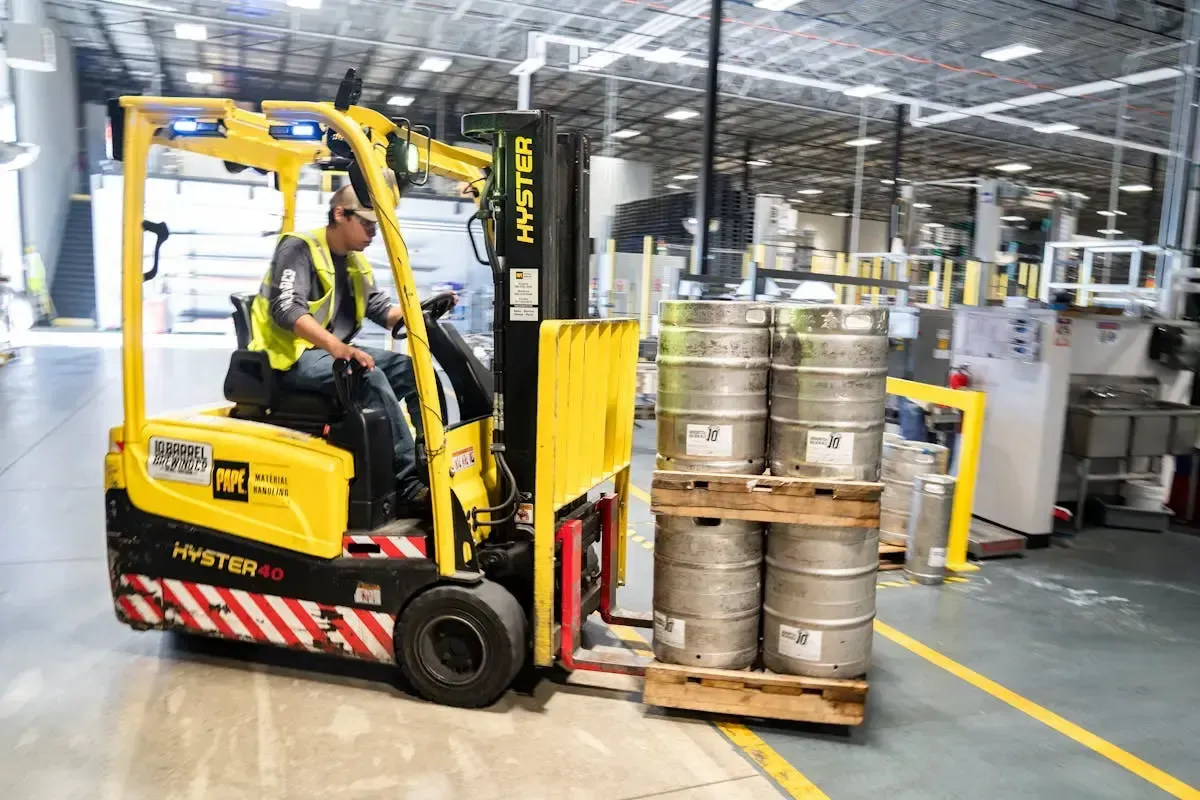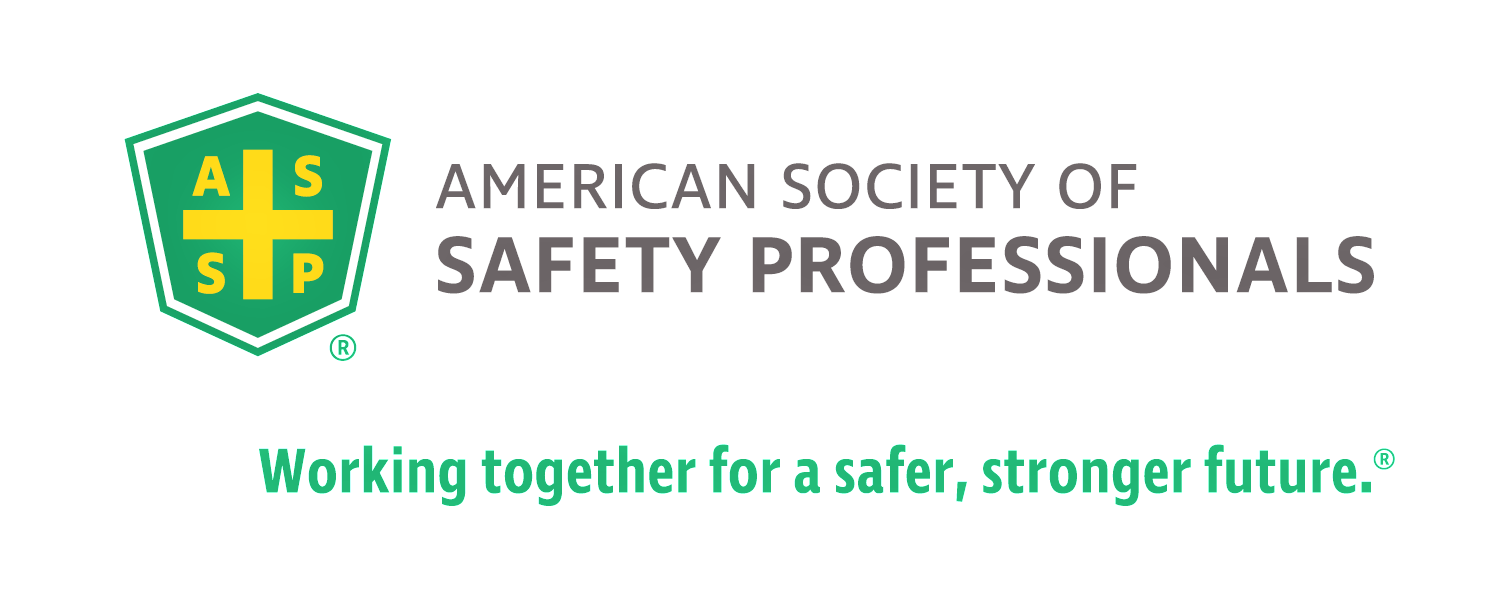Electrical Safety Training Courses | Trident Safety Company LLC
How Electrical Safety Training Can Reduce Workplace Accidents
Introduction to Electrical Safety Training
Electrical safety training is crucial in the workplace, especially where heavy machinery is in play, to minimize accidents. This training equips employees with the skills to spot electrical dangers and deal with them safely. It's more than just dodging shocks or electrocution; it includes preventing electrical fires and explosions too. With the right training, workers understand the value of using proper tools, donning the right safety gear, and adhering to safety rules to keep themselves and their colleagues safe. Essentially, electrical safety training arms staff with the know-how for safer daily choices. It's not only a smart move; it's vital for fostering a safer work environment.
The importance of electrical safety training in the workplace
Electrical safety training in the workplace isn't just a good idea—it's a necessity. Every year, electrical hazards cause more than 300 deaths and 4,000 injuries in American workplaces, according to the Occupational Safety and Health Administration (OSHA). That's where electrical safety training comes into play. It equips employees with the knowledge and skills to identify, avoid, and handle electrical dangers effectively. This training covers understanding how electricity works, recognizing potential electrical hazards, knowing how to use electrical equipment safely, and what to do in case of an electrical emergency. With proper training, the number of accidents, injuries, and fatalities can significantly decrease. Remember, a well-trained team is a safer team. Investing in electrical safety training can save lives, reduce injury-related costs, and promote a culture of safety across the organization.
Types of electrical hazards in the workplace
In the workplace, understanding the types of electrical hazards is key to avoiding accidents. Let's dive right in. First off, exposed electrical parts pose a direct risk. These include open power lines and exposed parts of machinery or appliances. Touching these can lead to serious injuries, or worse. Second, we have improper grounding. It's crucial for preventing electric shock. Without it, electrical systems can become dangerously unstable. Then there's overloaded circuits. Plugging too many devices into one outlet can heat wires to a dangerous level, risking a fire. Wet conditions combined with electricity? A recipe for disaster. Water conducts electricity, dramatically increasing the risk of electric shock in such environments. Lastly, poor wiring and damaged electrical tools can turn a safe tool into a hazard. Using equipment that's seen better days or not up to code can result in shocks, burns, or fires.
Recognizing these hazards is the first step. Proper electrical safety training can teach employees how to spot these dangers and handle them safely, considerably reducing the chance of accidents at work.
How electrical safety training can prevent accidents
Electrical safety training is not just a good idea; it's a necessity. In workplaces where electrical systems are part of the daily operation, knowing how to handle these systems safely can mean the difference between a normal day and a catastrophic accident. By learning about electrical hazards, employees and managers can identify potential risks before they become real problems. This training covers everything from the basics, like not overloading outlets, to understanding how to respond in an emergency involving electricity. The result? Fewer accidents, less downtime, and a safer workplace for everyone. Plus, well-trained employees are more confident in their roles, reducing the chance of panic-induced errors during electrical incidents. In short, electrical safety training saves lives, protects equipment, and keeps operations running smoothly.
Core components of effective electrical safety training programs
Effective electrical safety training programs hinge on a few key components. First, understanding the basics of electricity is a must. We're talking about the flow of electrical current, potential hazards, and how to avoid them. Next, the program should cover the ins and outs of operating electrical equipment. This means knowing how to use, maintain, and inspect the gear safely. A big part of the training focuses on recognizing and avoiding risks. It teaches workers how to spot potential electrical hazards before they turn into accidents. Also, emergency response protocols are crucial. If things go south, knowing how to react can save lives. Lastly, it's about creating a culture of safety. This goes beyond just the workers. It involves everyone in the workplace playing their part in keeping the environment safe. In sum, effective training combines knowledge of electrical basics, equipment handling, risk management, emergency response, and a commitment to safety culture. Stick to these core components, and the workplace becomes a safer space for everyone.
Case studies: Success stories of electrical safety training
Companies that have embraced electrical safety training have seen dramatic drops in workplace accidents. Take, for instance, a manufacturing plant in Ohio that implemented a comprehensive electrical safety program. Before the training, they faced about three severe electrical accidents a year, leading to costly downtime and even costlier medical expenses. After rolling out their safety initiative, which included regular training sessions and hands-on workshops for their staff, the number of incidents dropped to zero within the first year. Similarly, a construction company based in Texas shared their success story. They used to struggle with frequent electrical mishaps, endangering their employees and delaying projects. After introducing mandatory electrical safety courses and on-site safety officers trained to enforce strict compliance, they not only eliminated electrical accidents but also improved their project completion rate. These cases show clear evidence that investing in electrical safety training pays off, protecting employees and boosting overall productivity.
Implementing electrical safety training: Best practices
When it comes to implementing electrical safety training, getting it right matters. We're talking about lives and limbs. So, kickstarting a foolproof training program isn't rocket science, but it sure needs thought. First off, identify what your team must know. Electrical safety isn't just about avoiding shocks; it includes understanding how to respond during an emergency, knowing the equipment inside out, and recognizing potential hazards before they turn into accidents. Keep it real—use hands-on training methods. Nothing beats learning through practical experience. Let your team fiddle with actual equipment (safely, of course), so they're not just theory-smart but also know how to act on their feet. Regular updates are critical. With technology evolving at breakneck speed, your training content should keep up. This means regularly reviewing and updating your training programs to include the latest safety protocols and equipment. And yes, tailor your training to fit your team. Not everyone's at the same skill level, and recognizing this will help you create a program that's effective across the board. Lastly, instill a culture of safety. Make it clear that electrical safety is not just a box to tick but a continuous commitment. This attitude, more than anything, will reduce workplace accidents. Keep it simple, keep it safe, and keep learning.
The role of personal protective equipment (PPE) in electrical safety
When it comes to electrical safety at work, personal protective equipment (PPE) is your best defense against accidents. It's all about wearing the right gear to protect yourself from electrical hazards. Think of PPE as your personal guard against shocks, burns, and other serious injuries. Here's the deal: helmets shield your head, insulating gloves safeguard your hands, and special footwear protects your feet from electric shocks. Additionally, wearing safety goggles can protect your eyes from sparks or debris. It's simple - the right PPE can be the difference between a regular day at work and a dangerous accident. Always ensure your gear is in good condition and right for the job. Remember, staying safe is always your number one priority.
Creating a culture of safety: Beyond the training sessions
Training sessions are crucial, but they're just the start. To truly reduce workplace accidents, a culture of safety must be nurtured every day. Think of it as a garden that needs constant care. It's about what happens between those training sessions. It involves everyone, from the top bosses to the newest recruits, speaking the same language of safety. Tips get shared over lunch, safety signs become landmarks, and checking in on each other's well-being becomes second nature. It’s about creating an environment where safety is as natural as breathing. When someone spots a potential hazard, they don’t walk by; they stop, report, and act. This approach turns isolated lessons into a continuous loop of prevention. Remember, a safe workplace is not just about avoiding accidents; it's about building a community that cares.
Conclusion: The lasting impact of electrical safety training on workplace safety
Ending on a strong note, it's clear that electrical safety training is not just another box to tick for compliance. This training is a crucial investment in the well-being of workers and the overall safety culture of a workplace. By educating employees on potential hazards, correct handling practices, and emergency responses, companies set a foundation that significantly reduces the likelihood of electrical accidents. This knowledge sticks with employees, fostering a workplace where safety is paramount, and everyone is equipped to act responsibly. The benefits of such training are far-reaching, contributing to fewer accidents, lower healthcare costs, and less downtime due to injuries. Ultimately, the value of electrical safety training can't be understated; it ensures a safer workplace, which is invaluable.















